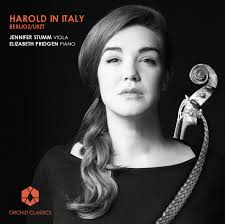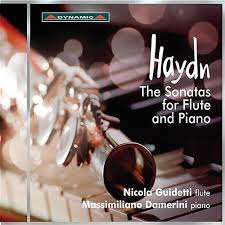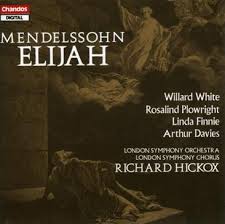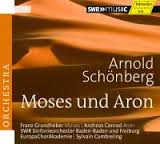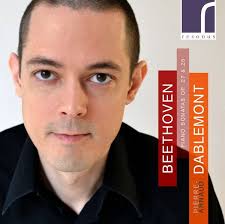Berlioz: Harold in Italy arr Liszt
Jennifer Stumm, viola; Elizabeth Pridgen, piano
ORCHID CLASSICS ORC 100044 57.43
If Harold in Italy is familiar to us, the Liszt pieces which are included are certainly rarities which make this an intriguing release. The artists use Liszt’s arrangement for viola and piano of Berlioz work and integrate into it 4 of Liszt’s own which reflect the mood of the Berlioz. Anyone coming to this for the first time could easily think of this as a piece in its own right, so convincing is the organisation of the parts. While there is a wide dynamic available to the performers, the concentration necessary for the listener creates an intensity which carries them through easily to the climax in Liszt’s Schlaflos! Frage und Antwort.
Haydn: Sonatas for flute and piano
Nicola Guideiit, flute; Massimiliano Damerini, piano
DYNAMIC CDS 7698 58.01
Delightful as this recording certainly is, there is something uncomfortably old-fashioned about it. Only the clarity of sound pronounces it as digital, for the approach owes nothing to our understanding of authentic instrumentation or style. Both instruments are modern in both sound and technique. As such the listener may find something of a dichotomy when listening to what is actually very sound music-making.
Mendelssohn: Elijah
London Symphony Orchestra & Chorus, soloists, Richard Hickox
CHANDOS CHAN 241-48 66.03; 65.21
This is a reissue of the recording made in 1989 and is a very welcome addition to the library of recording which Richard Hickox made. Willard White is an outstanding Elijah and is joined by Rosalind Plowright, Linda Finnie and Arthur Davies, all at the peak of their powers. The recording is full bloodied and within a warm acoustic.
Schoenberg: Moses und Aaron
EuropaChorAkademie; SWR Sinfonieorchester Baden-Baden und Freiburg, Sylvain Cambreling
HANSSLER SACD 93.314
Welsh National Opera has recently demonstrated yet again the importance of this masterpiece by Schoenberg , and so it is good to welcome a new release which enables us to the study the work outside the context of the opera house. Even in its incomplete state, it is a totally convincing stage work and musically satisfying. It is only a pity it is so rarely revived. Franz Grundheber and Andreas Conrad are convincing protagonists and Sylvain Camberling holds the whole together with a dramatic intensity that does not over-power the mystical quality of so much of the writing.
Raymond Deane: Noctuary Books 1 & 2
Hugh Tinney, piano
RESONUS RES 10133 47,25
Noctuary was inspired by drawings by the composer’s wife, the artist Renate Debrun and are performed by Hugh Tinney in his debut recital for the label. A Noctuary is a diary of the night-time and these pieces, commissioned by the performer, all relate to the night or reflections during the night. Duskiss has a seductive sense of ominous silence while, by contrast, …hitherandthithering… skitters and rushes headlong at us. The drawings which provoked the pieces are included in a detailed booklet. The composer celebrates his 60th birthday this year and has recently published a memoir.
Beethoven: Piano Sonatas Op 27 & 28
Pierre-Arnaud Dablemont
RESONUS RES 10135 62,18
Pierre-Arnaud Dablemont couples one very familiar work – the Moonlight sonata No14 – with two slightly less familiar ones, No13 Quasi una fantasia and No15 Pastoral. In so doing he demonstrates not only the way Beethoven is stretching and experimenting with the structure himself but also the way the performer brings his own innovative approach to interpretation. This does not mean that he takes an outlandish approach but more that his lightness of touch and gentle romanticism is very easy to accept and indulge in. I particularly enjoyed the delicacy of the opening of the Moonlight sonata, bringing a freshness to the movement as if it had been cleaned of layers of unnecessary pontification.

